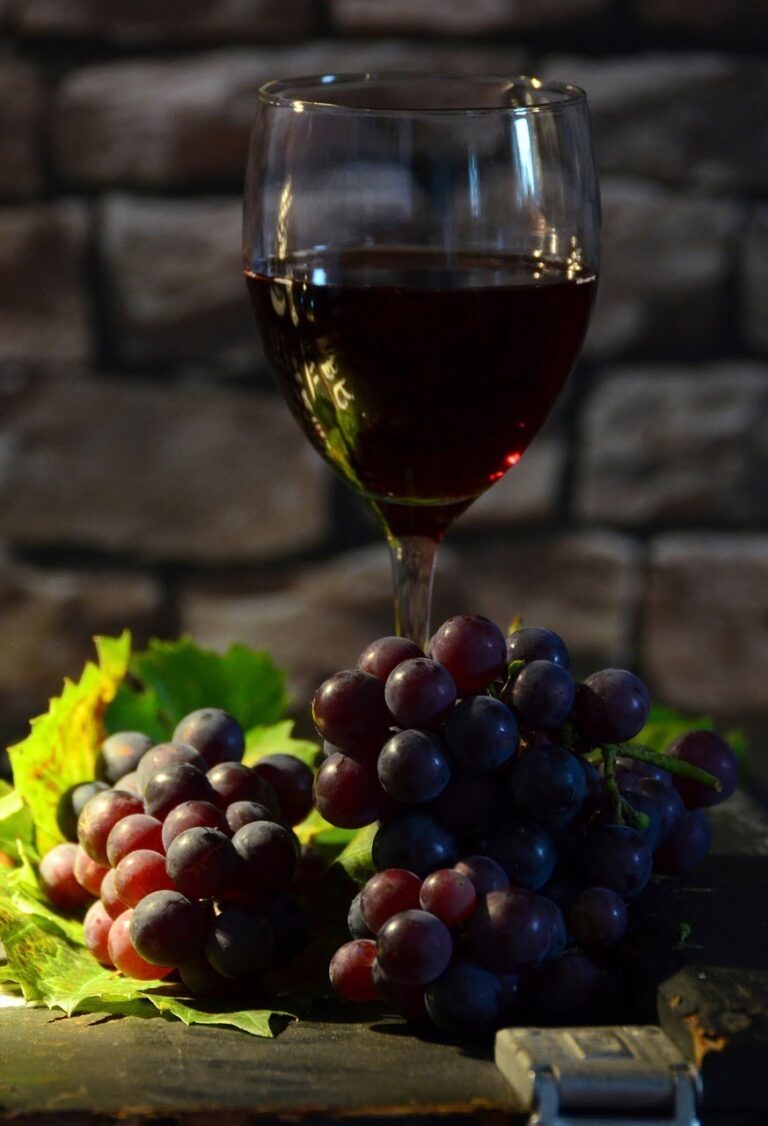The wine route
Chile is internationally known for being a wine-producing country with high quality grape varieties. The wine route is a surprising and attractive experience for lovers of a good drink. It is an increasingly popular tourist destination for those who enjoy wine and beautiful landscapes.
The tourism value of wine not only enhances the wine wealth of an area, but also strengthens other areas such as gastronomy, agriculture and culture. This generates greater economic development in the area.
In this sense, the wine route includes visits to wineries, enjoy guided tastings by an experienced sommelier (wine tasting expert), cycling among the vineyards and centenary vineyards, among other activities.
Main points to visit
Maule Valley. It is the largest valley, and one of the oldest in Chile. It surprises its visitors with tours of vineyards with deep family roots and others that mix the use of high technology with boutiques and Chilean roots. Tourists can appreciate grape plantations surrounding the Maule Lagoon and the imposing Descabezado Volcano in the background.
Maipo Valley. It is located in the vicinity of Santiago and is home to the largest number of wineries in the country. Tourists can visit the wineries and vineyards in the area, taste the wines and learn about the production process, from harvesting the grapes to bottling the wine.
Rapel, Colchagua and Cachapoa Valleys. These valleys offer tastings, hiking (trekking), culinary samples, bicycle tours and horseback riding.
Curico Valley. More than 30 varieties of wine grapes have been planted here since the 19th century, and it is the third largest wine-producing region in Chile. During the months of March and April, the country's largest grape harvest festival is held, with traditional activities such as grape stomping competitions and the election of the grape harvest queen.



